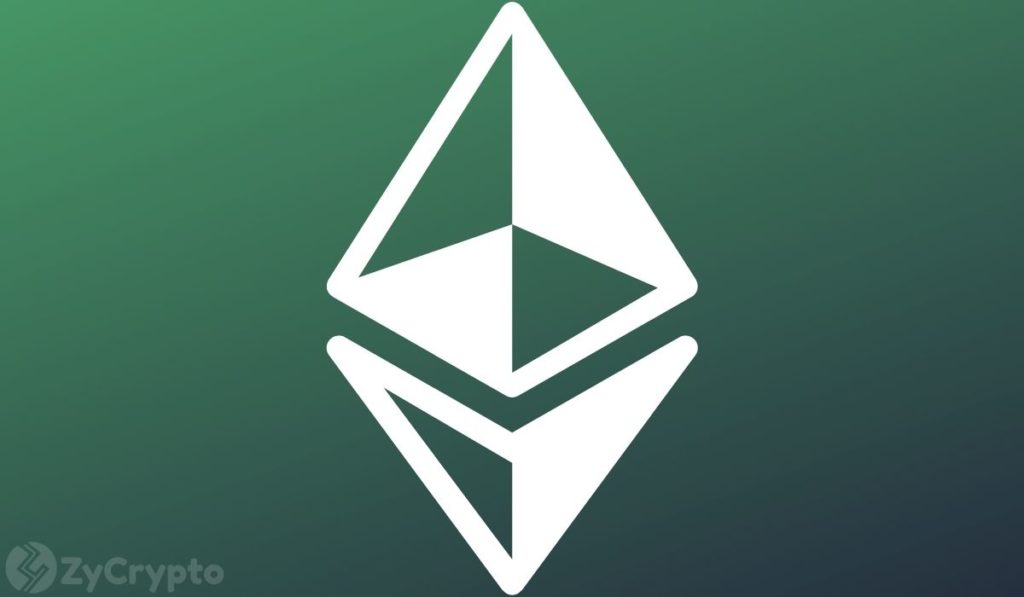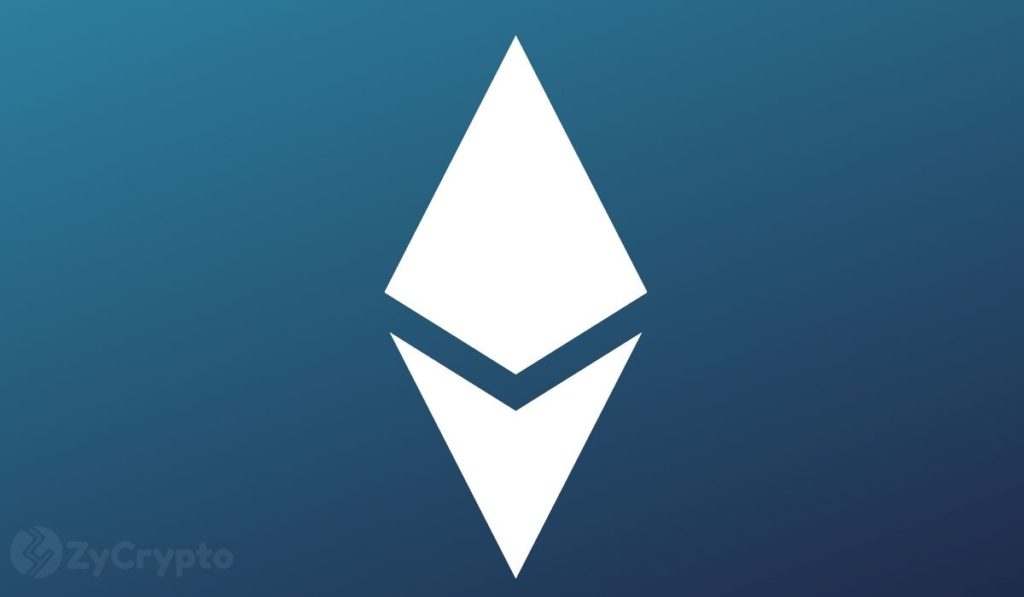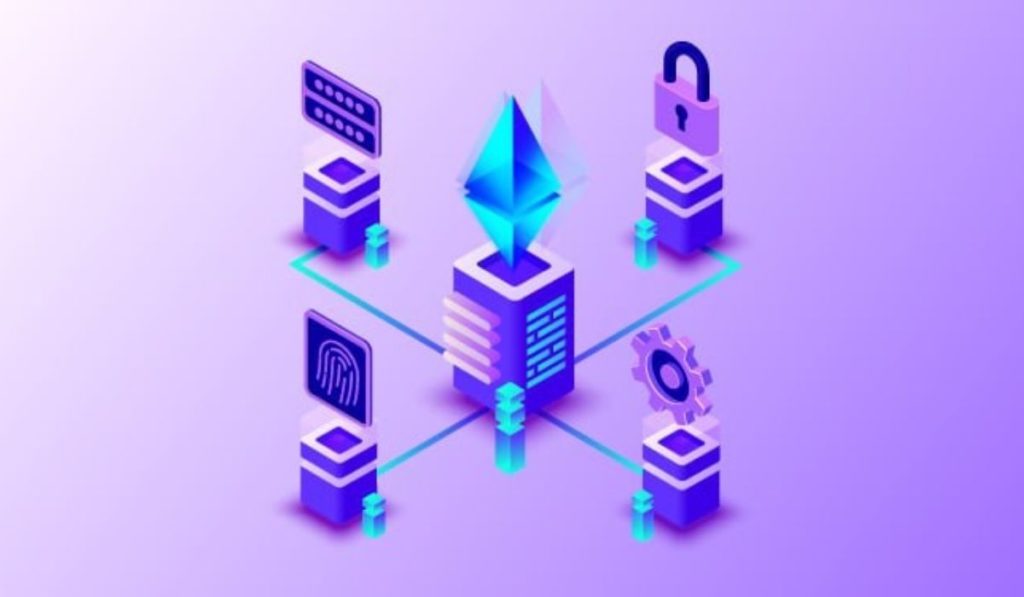2018-8-1 17:30 |
The Ethereum network has grown to be the second largest blockchain platform behind Bitcoin in a mere three years, all while changing the industry and allowing for new developments to be built on its blockchain network. The relatively young cryptocurrency grew at a rapid pace, and some analysts even expect it to outgrow Bitcoin in the coming years.
What is Ethereum?Ethereum is an open-source blockchain technology that facilitates smart contracts and allows for the rapid and secure movement of its virtual currency called Ether. The Ethereum platform is a two-tiered system, with the main platform consisting of privately owned accounts controlled by individuals, and the secondary platform consisting of contract accounts. The blockchain is unique in that it allows developers to build decentralized apps on the network, like the popular crypto kitties app.
Ethereum was first launched via an Initial Coin Offering (ICO) that was held from July to August 2014. At this point, however, the Ethereum blockchain network was more of a theory than it was a working product. It wasn’t until a year later, on July 30th, 2015, when the first genesis block was minted and Ethereum’s rapid growth began.
Ethereum was one of the first blockchain networks to offer competition to the Bitcoin network, defining itself by key features which have proved useful over the past three years. Unlike Bitcoin, Ethereum allows for multiple methods of exchange, including cryptocurrency (Ether), Ethereum Virtual Machine (EVM), and smart contracts. Ethereum also has significantly smaller block sizes than Bitcoin, allowing for faster transactions, and a much larger supply of circulating coins. Another key difference between the two networks is that Ethereum allows for both permissioned and permissionless transactions, while Bitcoin only allows for public transactions.
Ethereum: A Brief HistoryEthereum began as a network to provide solutions to the issues created by Bitcoin. Ethereum’s co-founder, Vitalik Buterin, explained his reasoning behind creating Ethereum, saying:
“I thought [those in the Bitcoin community] weren’t approaching the problem in the right way. I thought they were going after individual applications; they were trying to kind of explicitly support each [use case] in a sort of Swiss Army knife protocol.”
Buterin first got involved in cryptocurrency at the age of 17, founding Bitcoin Magazine in 2011, and shortly after writing a white paper that would ultimately become an outline for Ethereum. The key difference between Buterin’s envisioned cryptocurrency and Bitcoin was that it could be much more than just a cryptocurrency.
Buterin and the other co-founders of Ethereum launched an ICO in 2014, where they sold Ether tokens and raised more than $18 million that went towards developing the platform. The first release of Ethereum, called Frontier, was launched a year later in 2015, and was greeted with tremendous success.
Although very successful, Ethereum has met some issues over the past three years, stemming mainly from its scalability. Issues like major hackings, including the $50 million hack in 2016, led to debate within the community surrounding the security of the network. This led to a split in the blockchain, which resulted in the creation of Ethereum Classic (ETC).
Since then, both cryptocurrencies, ETH and ETC, have seen tremendous growth, with ETH leading the way with 10,000% growth in 2017 alone. The volatility of the cryptocurrency has likely inhibited its growth somewhat, as many investors are worried about the daily volatility regardless of the practicality of the platform’s technology.
Ethereum Network’s Next StepsAlthough Ethereum has already witnessed tremendous growth, the founding team is still confident in its future. At a recent event in Zug, the founding team discussed issues like scaling and future platform upgrades.
On the issue of growth, Buterin said, “The demand for using public blockchains is high and we need to up the stability in order the meet that demand.”
The team discussed the highly anticipated Casper upgrade to be rolled out throughout 2019 to build Ethereum 2.0, and then to move forward with Ethereum 3.0 in the following years, which would enable quantum secure systems that can withstand the computing power of quantum computers.
Regardless of the daily price volatility of Ether, there is no denying that the future for the Ethereum network looks bright, and that it will celebrate many more birthdays to come.
Featured image from ShutterstockThe post Ethereum Celebrates its Third Birthday, a Look at its Past and Future appeared first on NewsBTC.
origin »Ethereum (ETH) на Currencies.ru
|
|















